How quiet shews the woodland scene! / Each flower and tree, its duty done
October 31 - November 2: Hallowtide (Overview)
How quiet shews the woodland scene!
Each flower and tree, its duty done,
Reposing in decay serene,
Like weary men when age is won,
Such calm old age as conscience pure
And self-commanding hearts ensure,
Waiting their summons to the sky,
Content to live, but not afraid to die.John Keble (1792-1866), excerpt of All Saints’ Day from The Christian Year
Every October, our farm - where we raise animals and grow veggies, fruit, grain, & flowers for our CSA1 - opens its pumpkin patches. Folks come from far & wide to make their annual trek out here; in a sense, that search for the perfect carving pumpkin gives people from all various life situations a way to participate in their own symbolic harvest here at the height of the harvest season. This is my absolute favorite time of year, and it always has been; days are crisp, with leaves bright yellow against the sky…and in the evenings, the mist invariably starts rolling in across the pasture at dusk. Sugar pumpkins are curing & waiting to be made into soup, pie, and other delights both sweet & savory. October also hosts my favorite holiday, often fraught with debate though she may be: Hallowe’en.2
As we welcome guests out here for pumpkins and hot spiced cider all month long, I’d like to also extend a welcoming invitation to you - to journey alongside me into the fleeting harvest season of Allhallowtide.
Let’s explore what we might learn from it, ask ourselves what preconceived notions we’ve adopted that may be distorting our engagement with it, and how we can incline ourselves toward Christ through its patterns.
In today’s note, I’ll share some reflections on Hallowtide as a season; keep an eye out for additional posts coming throughout October that will delve a bit deeper into each of Hallowtide’s three days and the connections between them. As always, I don’t share from the perspective of an expert; but rather, as a fellow-sojourner on the path, asking questions and learning. Reach out with any questions or thoughts!
What is Allhallowtide?
Let’s greet this season by understanding its language - hallow is derived from the Old English halgian: “to sanctify, make holy.” Used both as a verb and a noun, it’s a synonym for “saint” or “holy person.” Likewise, tide is derived from the Old English tīd: a “period of time” or a “season.”
Allhallowtide is a threshold season - a commemoration of the most humbling kind, both literally and figuratively. It bridges the end of the harvest season and the beginning of winter. It is, essentially, a triduum: a grouping of three days through which the Church tells a sacred story about mortality and connection.
The three pieces forming the shape of Hallowtide are:
October 31: All Hallows’ Eve (Hallowe’en) - Vigil of All Saints3 - A preparation for Hallowmas, and traditionally a fasting day.
November 1: Hallowmas (All Saints’ Day) - Solemnity of All Saints - A celebration of saints, whether known or unknown…those who have been instrumental in forming the faith and passing it on.
November 2: Soulmas (All Souls’ Day) - Commemoration of All the Faithful Departed - A commemoration of all the dead.
At least here in America, our modern culture has all but forgotten Hallowmas & Soulmas, outside of liturgical church spaces; Hallowe’en is maintained widely, but really as a ghost (sorry about the pun) of its intended self. Hallowe’en is the gateway into Hallowmas & Soulmas…and without its accompanying holidays, the continuity, context, and overall humbling message of this triduum are left faded and incomplete.
The formation of Allhallowtide has grown and changed over time (I wax philosophical about the flexibility of the liturgical calendar in general here), but we can tease out a timeline for its heritage:
4th Century AD - Feast of all Martyrs and its Vigil celebrated in the Eastern Church: Its date varied between May 13 and the Sunday after Pentecost
609 AD - Precursor of All Saints’ Day (Feast of All Martyrs) established on May 13: Pope Boniface IV consecrated the Greek Pantheon as Santa Maria ad Martyres4
731 - 741 AD - All Saints’ Day moved to November 1 in Rome: Chapel in St. Peter’s dedicated by Pope Gregory III to all the saints (not just martyrs) on November 15
827-844 AD - All Saints’ Day (Hallowmas) celebration expanded: Pope Gregory IV asked Emperor Louis the Pious to have this commemoration of saints celebrated throughout the Holy Roman Empire.6
998 AD - Soulmas celebrated: Though monasteries had commemorated the dead of their communities for years, this tradition was formalized by St. Odilo: the French Benedictine abbot of Cluny (Saône-et-Loire, France). A day of almsgiving, celebration of masses, and the singing of psalms, Odilo fixed this commemoration to the day after Hallowmas.7
14th century AD - Soulmas accepted by Rome
15th century AD - All Saints’ Day gained an octave8
1955 AD - Vigil and Octave removed from the calendar
When looking at the history & heritage of these feasts, I like to approach them with curiosity & humility - and an awareness that none of us has a truly definitive, clear view of what life or motivation in these historical periods was really, truly like experientially, since we’re peering through the veil of time.
The various threads that wove the season of Allhallowtide together remain somewhat mysterious…we can make our best guesses and assumptions by connecting dots, but it’s not an exact science.9 Modern folklorists and historians offer so many disparate views on the heritage of Allhallowtide - especially the placing of Hallowmas on November 110 - and if anything, I think that serves as a wonderful reminder to be curious, not certain, about the past.
Among respected historians, some argue that Hallowmas absorbed the Irish Samhain/Welsh Calan Gaeaf11 and thus owes its heritage to that holiday period12; others argue that it developed independently and shared the November 1 date with these Celtic/Welsh holidays coincidentally.13 My guess is that with so much cross-pollination of folk tradition and regional customs, it’s too hard to really say what that relationship was like with clear-cut certainty; I wonder if existing Christian feasts were probably informed by surrounding regional customs as they spread, and likewise added their voice & heritage traditions to these regions, too.
Between Harvest & Winter
By placing Allhallowtide as a bridge from October to November, the Church again invites us to see the exterior world as a mirror for interior examination. The harvest season has wound to its end…we’ve accounted for anything that can be stored, ferreting away hardy root vegetables and winter squash. The remaining fresh produce is nearing its end…kale stalks are tall, like strange little trees. Meat will be harvested soon, and all the sowing left to be done is for winter wheat.
In our modern world, so removed from these agricultural rhythms, it’s hard to really imagine how this dénouement of harvest would have felt…after all, we can head to the grocery store in a pinch and find most anything from across the world. And though I’m thankful for that available abundance, I think it’s numbed us to the lesson of the season - the harvest is in, however abundant or meager, and now we faithfully rest & wait in what we’ve stored up.
Through this lens, we see our mortality face-to-face. The harvest is a finite duration, and when it’s over, we see clearly the fruit of our work…fruit reaped from a combination of factors both within our control and outside of our control. And it’s the fruit of that harvest that, at least in bygone days, would see us through the dark winter months. I can imagine both the relief and trepidation that would creep in as October moves to November.
Like the harvest, our lives are fleeting - our days filled with efforts within our control and circumstances far outside it. We hope we live the best we can with the days we weather, and when it’s all done - what does that late October harvest look like?
Allhallowtide sets aside time and space to ask this of ourselves - to stare starkly at our mortality, and to lean on our forebears in the cloud of witnesses as we do so. To see the dead as part of our community, and realize that the journey through death of which they all partook will be part of our own story, too. The fields are quiet, the harvest is in and stored, and our lives flick by in an instant.
As we ponder our mortality and the end of the harvest, we’re called to a place of hospitality; that we would cultivate a spirit of hospitality in our short time here…hospitality both toward the living and the dead. In the traditions of Allhallowtide, we’re asked to care for our neighbors even beyond the veil; to offer prayers, to call to mind their memories and stories, to respectfully tend their graves, to make their lives present to our own families. And whatever one’s own theological beliefs about the afterlife, I can’t help but think that such an attitude toward our dead changes us. It reminds us of our place, and literally humbles us - reminds us that we are all breath from dirt, and to dirt we will return.
Superstition: a space for curiosity & compassion
As we explore Hallowtide, we’ll encounter a great deal of superstition - which isn’t surprising, since anytime we’re asked to face mortality, a healthy dose of fear accompanies our searching…and that’s often balanced with games and festivity to help us grapple with the unknown.
So, when we look at bygone days and encounter superstitious games and traditions, I like to see them as a signpost that I need to peel back the layers and get a sense of what our forebears were trying to wrestle with through these various lenses. We may find familiar fears and concerns, too.
Rural people of the past used what they were surrounded with to process the mystery of death as well as their place in both ‘vertical’ relationship (with God) and ‘horizontal’ relationship (with neighbor). During this triduum of death at Hallowtide, they understood and processed these mysteries through snail trails and apple peels, kale stalks and hazelnuts. They found a language in their surroundings and their daily responsibilities; rather than dismissing this as mere superstition, I think it’s an invitation to look deeper into who they were and what questions they were wrestling with.
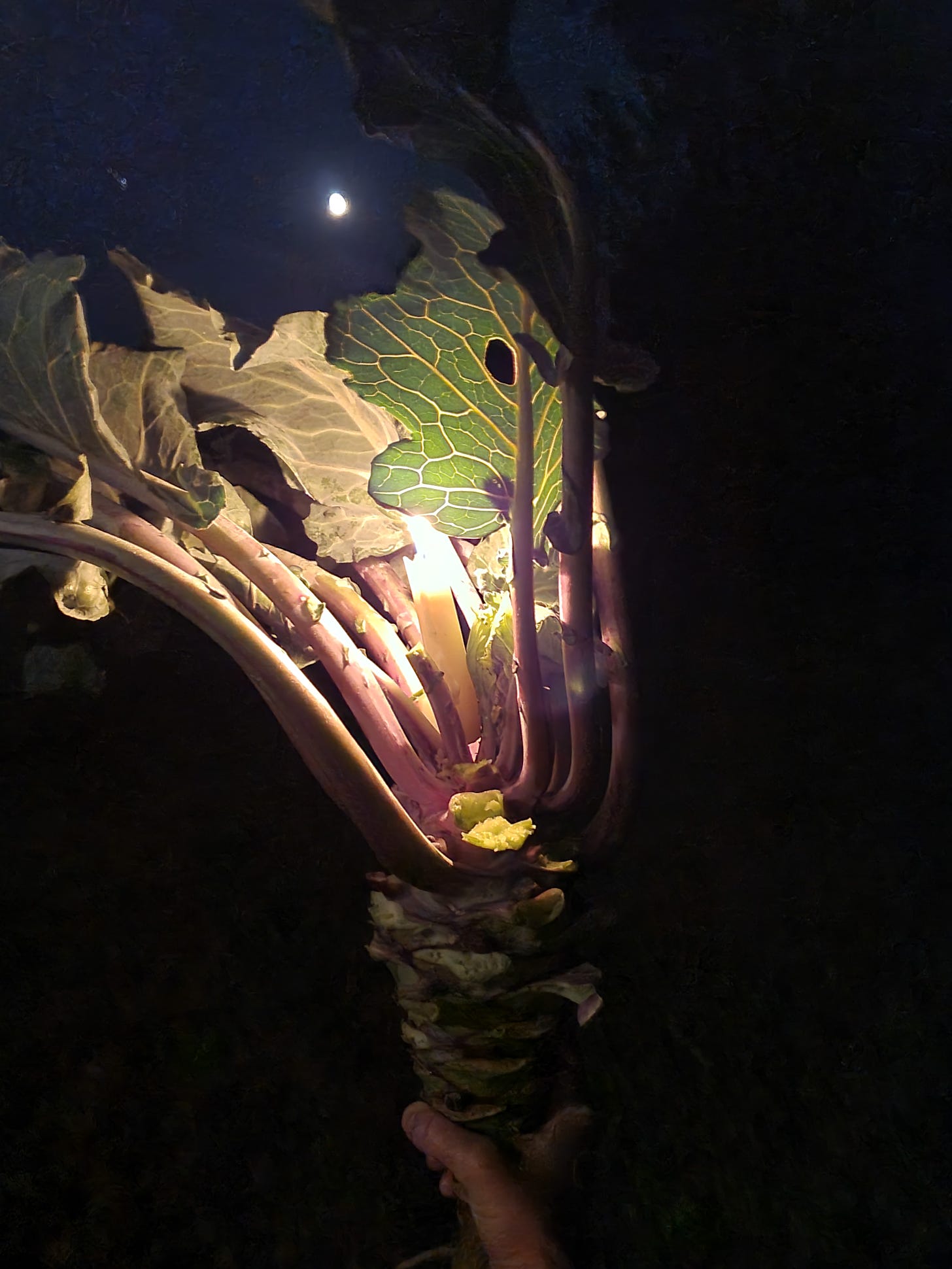
Hallowtide today…
Like I mentioned earlier, Hallowe’en today is a far cry from its intended self; like Christmas, it has been secularized and commercialized. In a society where dying and death are shuffled off and ignored or glossed over, or perhaps worse, treated as headline fodder - the gruesome, which we encounter in suffering and death, becomes almost an obsession or an idol rather than a humbling reality-check. This focus of modern Hallowe’en, separated from its roots, leaves many folks seeing it as hopelessly bleak and dark, or even as opposed to the message of Christianity.
And Hallowtide is dark - but it’s only in the darkness that light can shine so brilliantly. Death is terrifying: both the uncertainty of its aftermath, and the challenge of the dying process itself. But it is, simply, the twin side of life; this is our reality. Allhallowtide is the Church’s way of stirring curiosity in us and waking us up to our reality, and, accordingly, to the Christ whose purpose is to overcome all that is dark and separation and pain and suffering.
Rather than wall up when we perceive something as being devoid of its former meaning (as we often encounter Hallowe’en these days), let’s see an opportunity to engage deeply…and to also have compassion for others who, like us, are trying to mark their days the best they can.
For my part, I’ve lost both my mother and my sister and was present when they both died; the pain and the loss has been devastating, and I still face it daily. But my childhood love for Hallowe’en was a spark of curiosity that has led me to the robust faithfulness trained through the rhythm of Allhallowtide - and through the invitation this season offers, Christ has given a time and a place and a voice for pain, confusion, fear…but most of all, for hope and peace. When our culture pretends that we can be young and healthy forever if we just buy or do this or that, the Church says - the harvest is short. Our lives are beautifully, preciously finite. What a gift that glimpse into death can be to our time here.
Thanks for joining me on this journey through Allhallowtide - I’ll be back soon, sharing more details, asking more questions, and posting some printables & art to walk through this season.
In the meantime - how do you engage with Allhallowtide? What questions or reflections do you have on this season?
Pax vobis,
Kristin
If you’d like to make a one-time donation, I have a PayPal Tip Jar - please know that I’m so grateful for your monetary support, which really does help me continue to do this work that I’m so passionate about!
For those who are able to support a monthly or annual paid subscription, I offer occasional new printables, extra posts, and access to my whole library of printables: the Scriptorium. I’m so grateful for your generosity, which helps to support my work through the purchase of additional books for research, art supplies, and more!
Community Supported Agriculture: Folks buy a “share” up front and both metaphorically and literally provide the seed money for the coming season. In return, they receive what the farm has to offer each week during that season. Our animals - bovine, pigs, sheep, chickens - are crucial to the closed-loop stewardship we’re working toward…the composted manure from our beef herd is the backbone of our fertility.
As a side note: one of our children was, incredibly, born on Hallowe’en! She arrived a few days early, just in time for my favorite holiday.
This vigil was removed from the General Calendar in 1955, but is still maintained by many.
Adolf Adam, The Liturgical Year: “On this day of consecration the pope had 28 wagonloads of martyrs’ bones brought to the church from the catacombs. The antiphons of the old rite for the dedication of a church may refer to that triumphant act of translation; one of them, for example, reads ‘Rise up, saints of God, from your dwellings; sanctify this place and bless the people!’”
The Liturgical Year: Its History & its meaning after the reform of the liturgy by Adolf Adam
The Story of the Christian Year by Richard M. Nardone
The Oxford Companion to the Year by Bonnie Blackburn & Leofranc Holford-Strevens
The Liturgical Year: Its History & its meaning after the reform of the liturgy by Adolf Adam
Ronald Hutton, The Stations of the Sun: “[Sir John Rhys] suggested that pope and emperor had, therefore, merely ratified an existing religious practice based upon that of the ancient Celts. The story is, in fact, more complicated. By the mid-fourth century Christians in the Mediterranean world were keeping a feast in honour of all those who had been martyred under the pagan emperors.”
Ronald Hutton, The Stations of the Sun: “By the mid-fourth century Christians in the Mediterranean world were keeping a feast in honour of all those who had been martyred under the pagan emperors; it is mentioned in the Carmina Nisibena of St. Ephraem, who died in about 373, as being held on 13 May. During the fifth century divergent practices sprang up, the Syrian churches holding the commemoration in Easter Week and those of the Greek world preferring the Sunday after Pentecost. That of Rome, however, preferred to keep to the May date, and Pope Boniface IV formally endorsed it in the year 609. By 800 churches in England and Germany, which were in touch with each other, were celebrating a festival dedicated to all the saints upon 1 November, instead. […] Pope Gregory, therefore, was endorsing and adopting a practice which had begun in northern Europe. It had not, however, started in Ireland, where the Felire of Oengus and the Martyrology of Tallaght prove the early medieval churches celebrated the feast of All Saints upon 20 April. This makes nonsense of Frazer’s notion that the November date was chosen because of ‘Celtic’ influence; rather, both ‘Celtic’ Europe and Rome followed a Germanic idea. The origins of that idea are lost; it may be simply that some northern churchmen felt the need of a spectacular feast at the opening of winter, at a time when some form of merriment was badly needed.”
Ronald Hutton, The Stations of the Sun: “To hazard any guess about the ancient religious significance of Samhain and Calan Gaeaf, therefore, we are left completely dependent upon inferences projected backward from folklore collected in the last few centuries; and it has already been suggested that this can be a difficult business.”
The Oxford Companion to the Year by Bonnie Blackburn & Leofranc Holford-Strevens: “The 1st of November is the Irish Samhain and the Scottish Samhuin, celebrated with bonfires, a festival of the dead (Irish Féile na Marbh), marking the end of the harvest and the beginning of the winter half-year with heightened activities by the fairies (aos sídhe, now spelt sí); this is the origin of Hallowe’en, but extended throughout the day. […] Remnants of pagan customs, curiously admixed with Christianity, can be found well into the seventeenth century, and beyond…”
Steve Roud, The English Year: “Hallowe’en is probably the most widely misunderstood and misrepresented day in the festival year, but so many now believe that it was originally a pagan festival of the dead that this belief is virtually impossible to shake. The facts, however, are very different, and far more elusive and complex. ‘Hallowe’en’ means the Eve of Hallowtide (1 and 2 November), which was indeed designated as a time to commemorate the dead, but it was a Christian festival inaugurated in the medieval period. There is no evidence that this time of year was celebrated in England before the Christian feast was created. In Ireland, 1 November was ‘Samhain’, the beginning of winter and of the year, and as such it was an important day of gathering and feasting, but not, it seems, of much religious or supernatural significance. Nor is there any evidence of the supernatural at Hallowe’en in early Welsh or Scottish material, except where Irish influence was strong.”


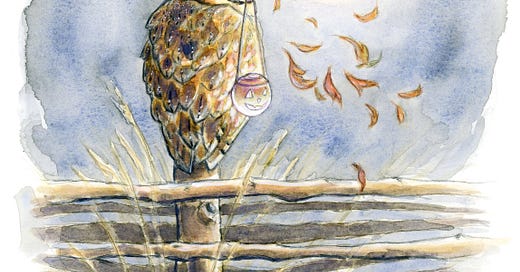




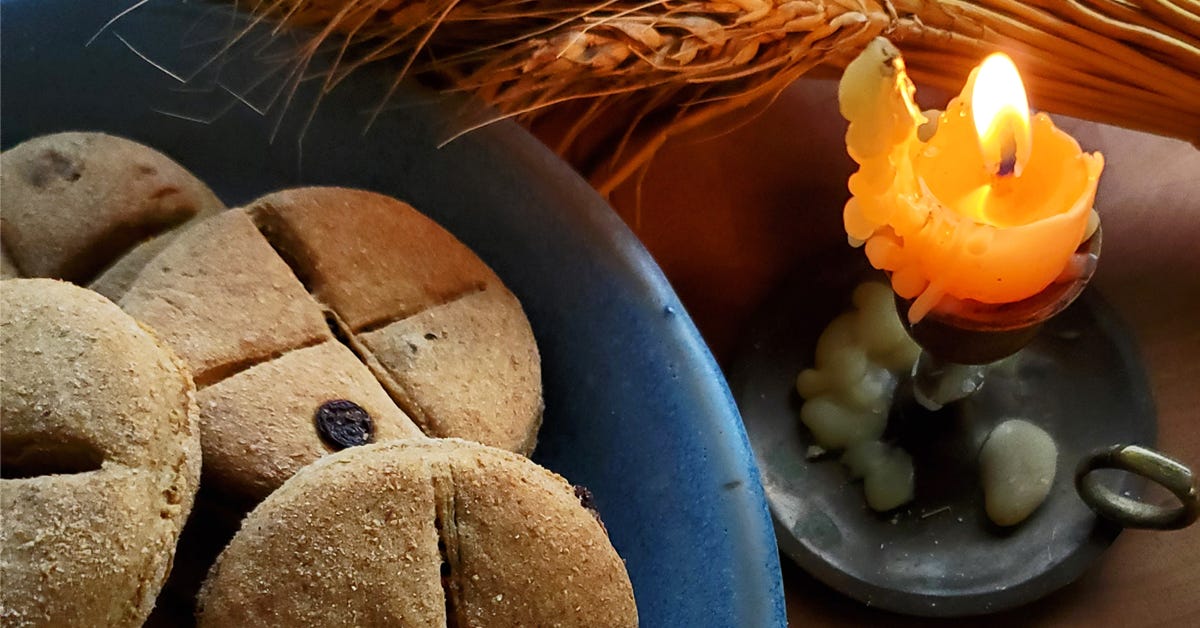
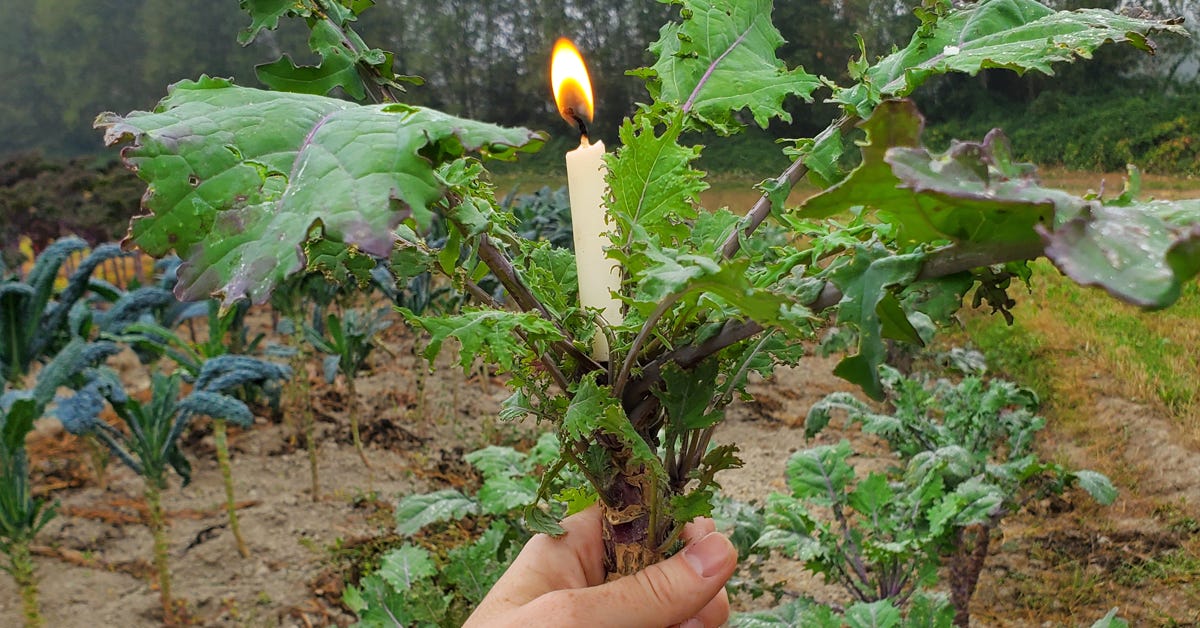
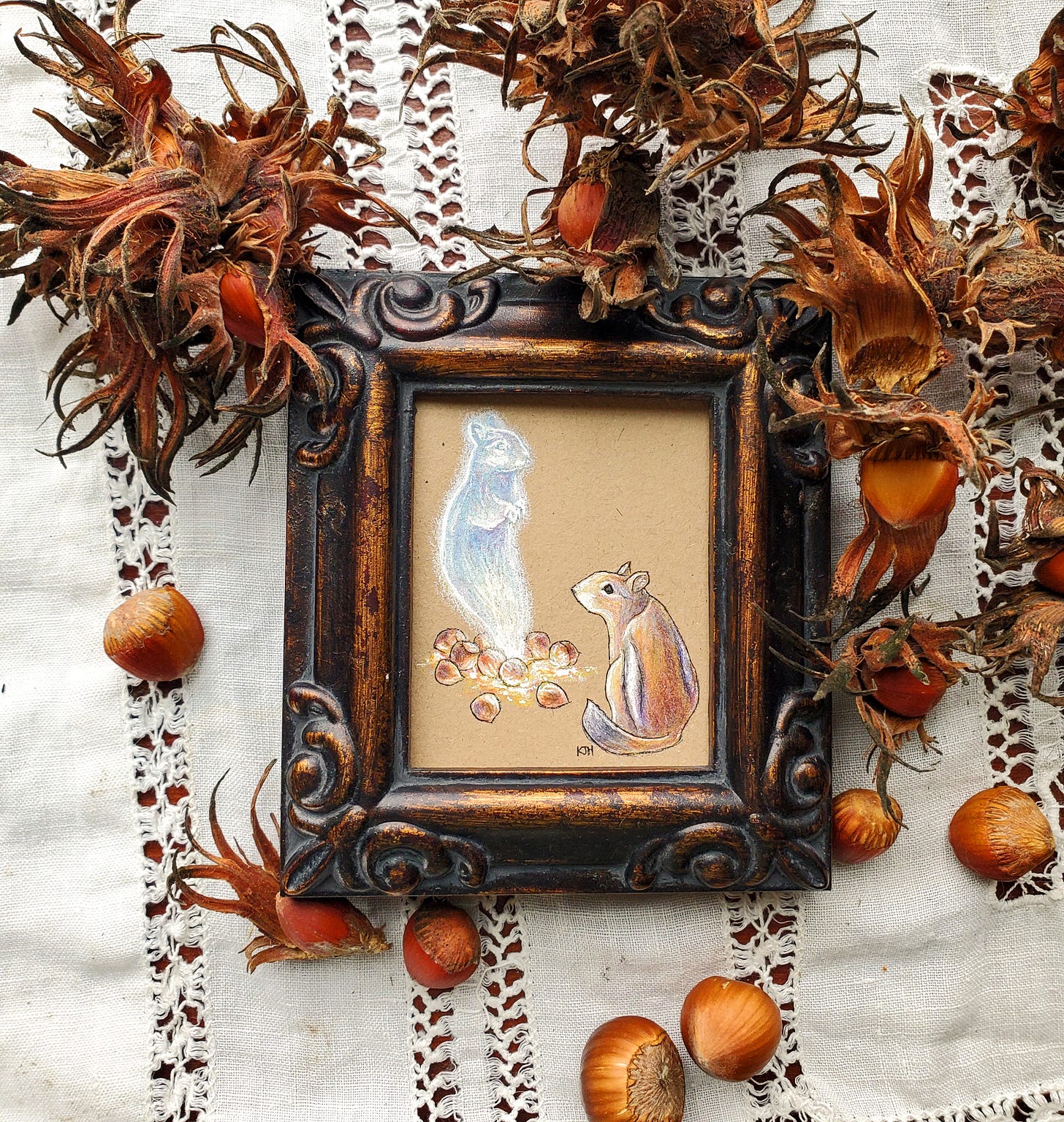
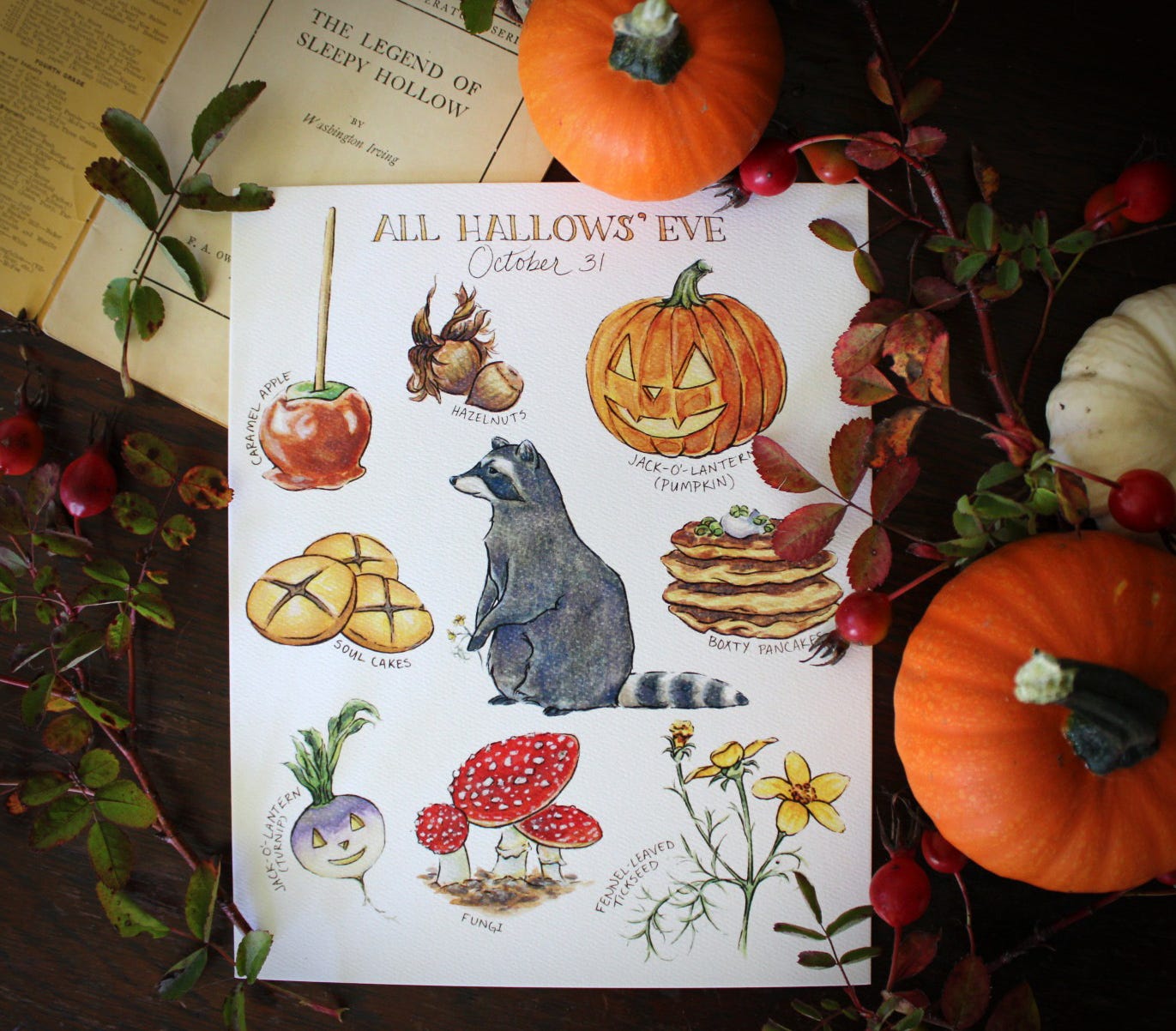
This is so interesting and informative! I, too, love the three-day celebration of Halloween, All Saints, and All Souls. I see Halloween, especially our modern trick-or-treating tradition, as an opportunity to face the darkness with togetherness and banish fear. I love the idea of spending some time with the older traditions of these three days in order to consider deeper meanings that may be in line with human needs.
This is a wonderfully informative post, Kristin! I so appreciate the way you present the liturgical calendar alongside world history, while always being respectful of folkways. This statement is absolutely perfect:
"When looking at the history & heritage of these feasts, I like to approach them with curiosity & humility - and an awareness that none of us has a truly definitive, clear view of what life or motivation in these historical periods was really, truly like experientially, since we’re peering through the veil of time."
I, too, approach customs with curiosity and humility. As I get older I recognize I will never have enough time to gain all of the knowledge required to fully comprehend 'what came before me.' Instead, I try to learn as much as I can and interpret information based on my knowledge at the time. The Hallowmas mystery -- how exactly it came to be in its current incarnation -- is wonderfully interesting!
Thank you for sharing a brief history of the many theories -- this is a topic near & dear to my heart. ♡